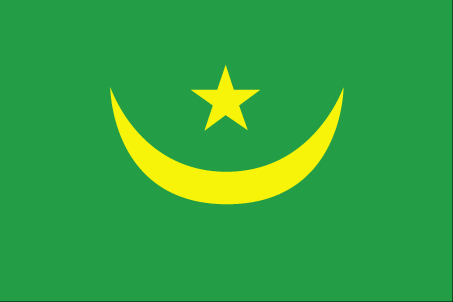
Mauritania's economy is dominated by natural resources and agriculture. Half the population still depends on agriculture and livestock for a livelihood, even though many of the nomads and subsistence farmers were forced into the cities by recurrent droughts in the 1970s and 1980s. Mauritania's extensive mineral resources include iron ore, gold, copper, gypsum, and phosphate rock and exploration is ongoing for uranium, crude oil, and natural gas. Extractive commodities make up 75% of Mauritania's total exports. The nation's coastal waters are among the richest fishing areas in the world, and fishing accounts for 20% of budget revenues, but overexploitation by foreigners threatens this key source of revenue. Risks to Mauritania's economy include its recurring exposure to droughts, dependence on foreign aid and investment, and insecurity in neighboring Mali, as well as significant shortages of infrastructure, institutional capacity, and human capital.
$8.204 billion (2013 est.)
country comparison to the world: 156
$7.708 billion (2012 est.)
$7.212 billion (2011 est.)
6.4% (2013 est.)
country comparison to the world: 31
6.9% (2012 est.)
3.6% (2011 est.)
$2,200 (2013 est.)
country comparison to the world: 190
$2,100 (2012 est.)
$2,000 (2011 est.)
agriculture: 16.9%
industry: 54.6%
services: 28.5% (2013 est.)
40% (2004 est.)
4.6% (2013 est.)
country comparison to the world: 150
4.9% (2012 est.)
1.318 million (2007)
country comparison to the world: 135
agriculture: 50%
industry: 2%
services: 48% (2001 est.)
30% (2008 est.)
country comparison to the world: 184 20% (2004 est.)
fish processing, oil production, mining (iron ore, gold, copper)
note: gypsum deposits have never been exploited
8% (2013 est.)
country comparison to the world: 23